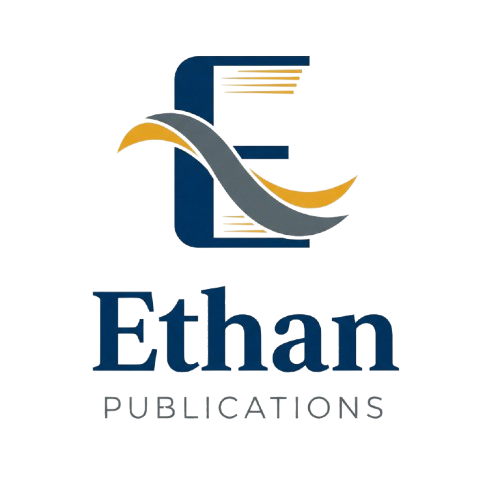NON-SURGICAL MECHANICAL INTERVENTIONS: ESSENTIAL TOOLS IN PATIENT CARE
Authors: Rajesh Banerjee Nirban
DOI: 10.5281/zenodo.17377405
Published: April 2024
Abstract
<p><strong><em>Purpose:</em></strong><em> Traditional approaches to mechanical debridement of the tooth surface to remove tooth accretions continue to be an integral part of periodontal therapy. The purpose of the present study was to test the effectiveness of mechanical non-surgical therapy in subjects with moderate to severe gingivitis and periodontitis. </em></p> <p><strong><em>Methods:</em></strong><em> Ten subjects of moderate to severe gingivitis/periodontits were selected for the study. Gingival inflammation, pocket depth and CAL were evaluated from baseline over a period of 8 weeks. </em></p> <p><strong><em>Results:</em></strong><em> In four subjects with gingivitis the mean gingival inflammation at the base line was 2.15±0.131mm and after 8 weeks of phase-1 periodontal therapy was 1.12±0.087mm with highly statistically significant difference (p-value=0.000). In six periodontitis patients, the mean CAL at the base line was 4.555±1.461mm and after 8 weeks of phase-1 periodontal therapy was 4.302±1.726mm. Gain in CAL was 0.254±0.361mm with statistically non-significant difference between the means of CAL at baseline and after 8 weeks (p-value=0.146). In all subjects, the mean pocket depth at the base line was 3.608±0.738mm and after 8 weeks of phase-1 periodontal therapy was 2.795±1.159mm with mean reduction of pocket depth 0.892±594mm. The difference was statistically significant (p-value=0.002). </em></p> <p><strong><em>Conclusions: </em></strong><em>Non-surgical periodontal therapy induces beneficial changes to periodontal tissues, as expressed by reduction of gingival inflammation, reduction of pocket depth, and gain in clinical attachment level. However, in two subjects with severe periodontitis (mean pocket depth being 5.231mm and 4.05mm) the changes were minimal, thus justifying the indication of surgical intervention. </em></p>
Full Text
No full text available
Cite this Article
References
- No references available.
